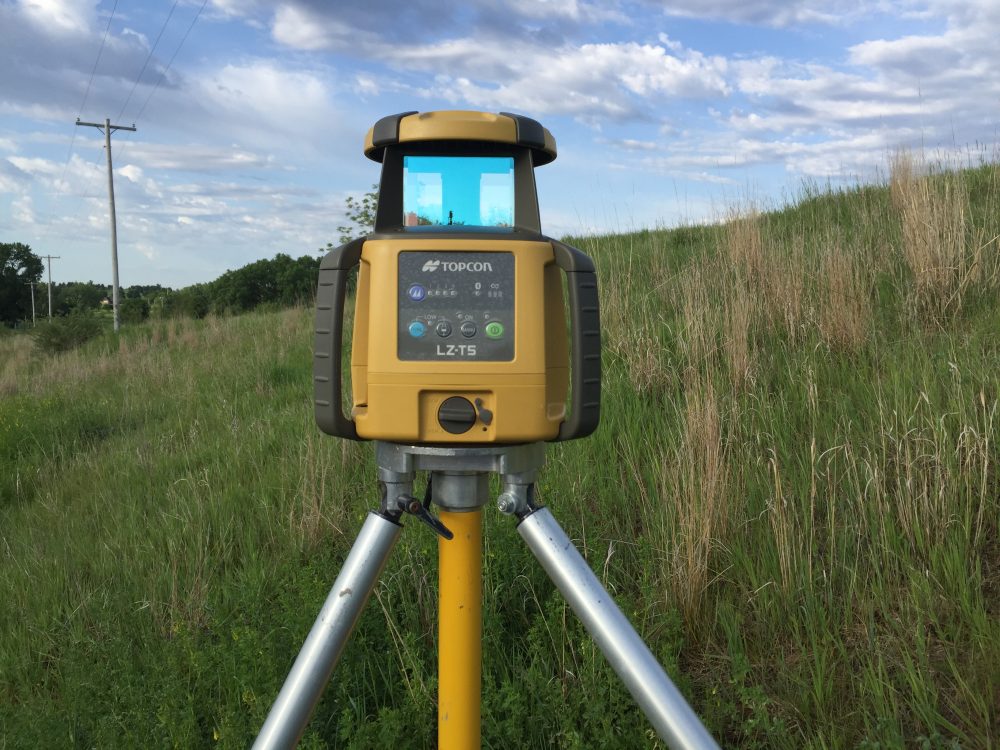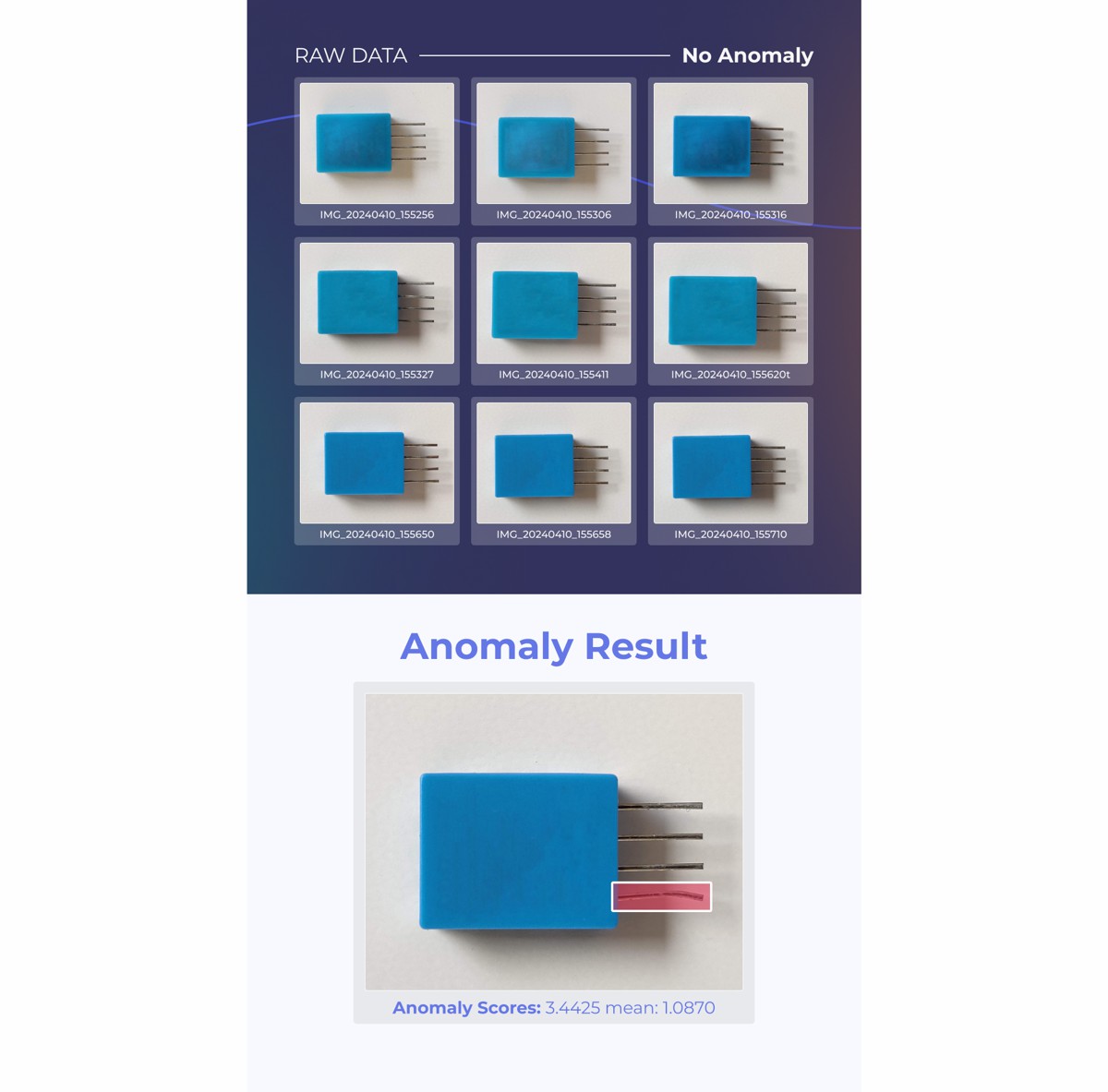Digital is Key to Leaner and Greener Road Projects
How do roads fit into a net zero future? It’s a question that highways agencies across the globe are grappling with. Most can agree that sustainable road transport will be a pillar of the carbon neutral economy, but building and maintaining the infrastructure needed to support it offers its own challenges when it comes to decarbonisation.
Highways agencies are under pressure not only to deliver roads fit for next-generation, electric and autonomous vehicles, but to reduce the impact of their own operations too.
To try square this circle, highways agencies aren’t looking to re-invent the wheel, at least not in the short term. Instead, the focus is on getting more from what they’re already doing, with improved materials, leaner construction processes, and superior accuracy – and doing it now. This is why they can’t afford to ignore machine control and automation within projects, because it enables these improvements and makes an immediate impact.
Using materials right
When decarbonising highway projects, it’s impossible to separate materials, operational efficiency and sustainability. This reflects the wider attitudes in the construction industry as a whole – Topcon’s report, The Future of Machine Control, revealed that addressing the supply chain of materials is considered a vital factor in meeting sustainability targets, coming joint top with machine control and automation.
It’s a view echoed by National Highways in the UK – within its zero carbon roadmap for steel, concrete and asphalt, commitments to “focus on lean design and right-first-time delivery” and construction best practice to reduce material usage are interwoven with commitments to leverage next-generation materials.
Meticulous material management on this scale is impossible without the precision enabled by digital workflows. The ability to transfer 3D models directly onto variable depth millers ensures only what’s needed is milled, without the need for bulky averaging skis. National Highways found that every tonne of asphalt it lays emits an average of 70 kg CO2e – adding up to more than 70,000 tonnes of carbon in 2020. This illustrates the scale of highways projects, a scale at which even small improvements in accuracy and efficiency will have a big impact.
Delivering leaner projects offsets the increased costs of more sustainable asphalt products, chiefly bio-component bitumen binders such as that used in Shell’s CarbonSink, which stores rather than releases carbon. However, cost and risk remain barriers to widespread adoption, so guarantees that the product will be used efficiently will help establish a clear return on investment and make it easier to scale up these products.
Working faster
Maintenance also has a role to play in the journey to net zero – maintaining existing roads is greener than replacing or resurfacing them, and preventative work to keep them in service for longer reduces disruption to users and operational carbon footprint. The ability to collect road surface data quickly and frequently makes it easier to monitor road conditions and intervene before repairs become costly and carbon-intensive.
Digital technology makes this possible without closing the road – scanners such as the Topcon RD-M1 collect road surface data while driving at normal highway speeds, using LiDAR and GNSS technology to capture hundreds of data points per second and providing the full picture with no disruption. By keeping the road open, these systems remove a serious barrier to keeping on top of road conditions.
If they do find work needs to be done, digital workflows enable said work to be completed faster and get the road back into service sooner. Here, highways agencies and paving contractors can learn from resurfacing and maintenance projects at airports and racetracks, which need to be completed in hours rather than days. These projects use machinery guided by machine control and working from 3D scanning data to reach the final design faster. This is speed that can be leveraged on public roads to fix faults before they become a real problem.
Robust reporting
Being able to collect, report and leverage sustainability data from highways projects is as important as achieving reductions in the first place. Not only will this data be crucial to understanding the progress made and work still needed, but it also allows highways agencies to contribute to the economy-wide transition to carbon neutrality. But measuring all of the factors that contribute to a project’s carbon footprint, and bringing them together into a comprehensible indicator of progress, is no small task.
In Topcon’s The Future of Machine Control report, almost a third of respondents identified managing complex project data as a challenge they face on projects. Combining machine control technology with digital workflow software gives site managers a comprehensive and intuitive view of everything contributing to emissions totals, and the insights needed to reduce them.
Nowhere is it more important to have a handle on this data than in the reporting process, because it’s this data that demonstrates that these projects are walking the walk and making meaningful progress towards their targets. For large businesses operating in the EU, this process is set to become much more detailed with the introduction of the Corporate Sustainability Reporting Directive (CSRD), which will require businesses to report sustainability data on the same level that they do financial data. The first reports will be submitted in 2025, but the reporting period started in January 2024, so businesses need to have systems in place to collect and manage that data now.
Moving forwards
There is no single action that will make highways projects sustainable, no one game-changing innovation that will see highways agencies or contractors suddenly arrive at net zero. What’s needed are incremental improvements to everything about these projects to make them simultaneously more efficient, more accurate and more sustainable.
This is why digital workflows and machine control technology have such an important role to play. They allow the industry to be the best it can be now and ensure that, when sustainable materials and technologies become viable and scalable, they’re arriving in a sector that’s already moving quickly along the road to net zero.

Article by Luc Le Maire, Senior VP and General Manager Positioning Solutions EMEA at Topcon.















